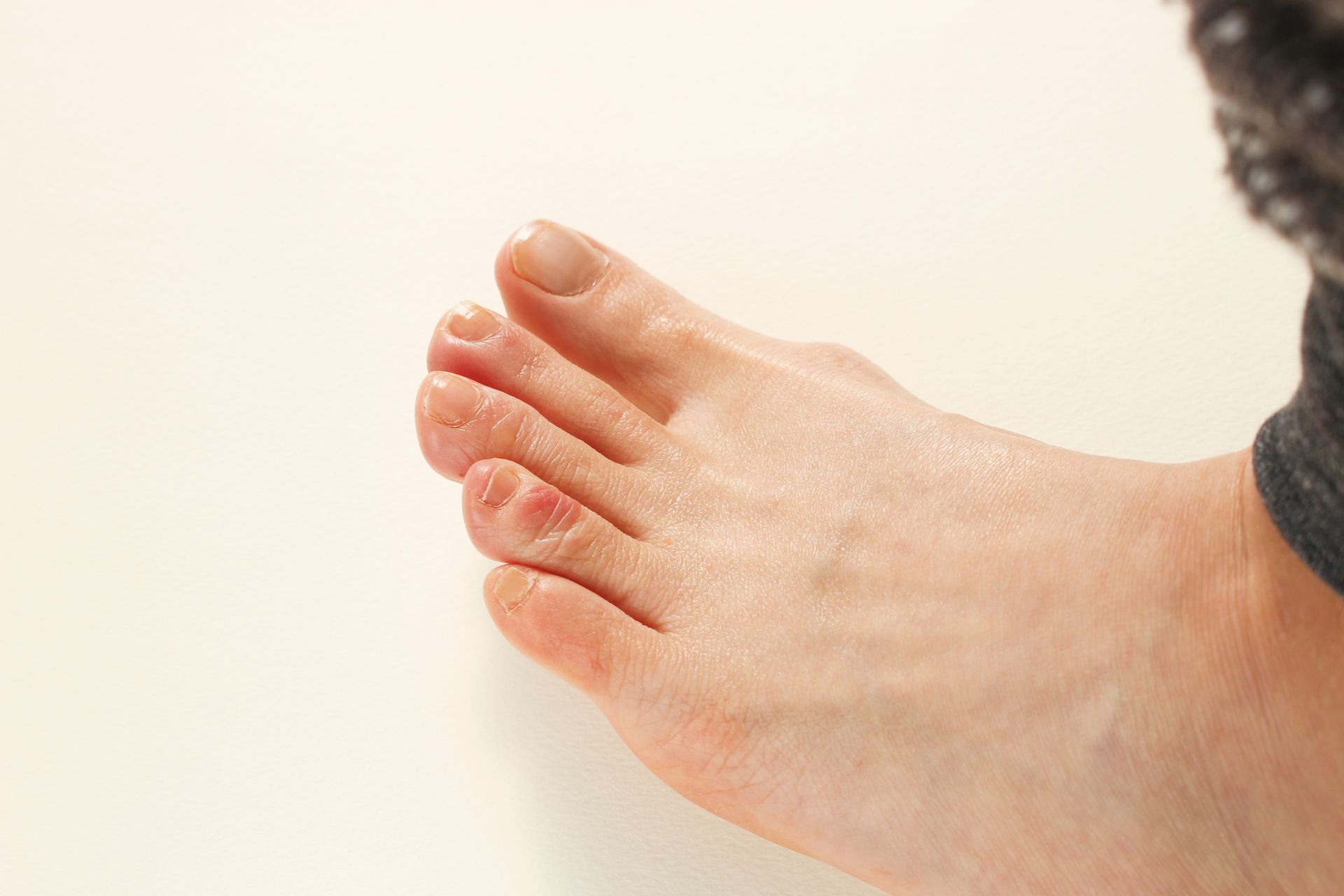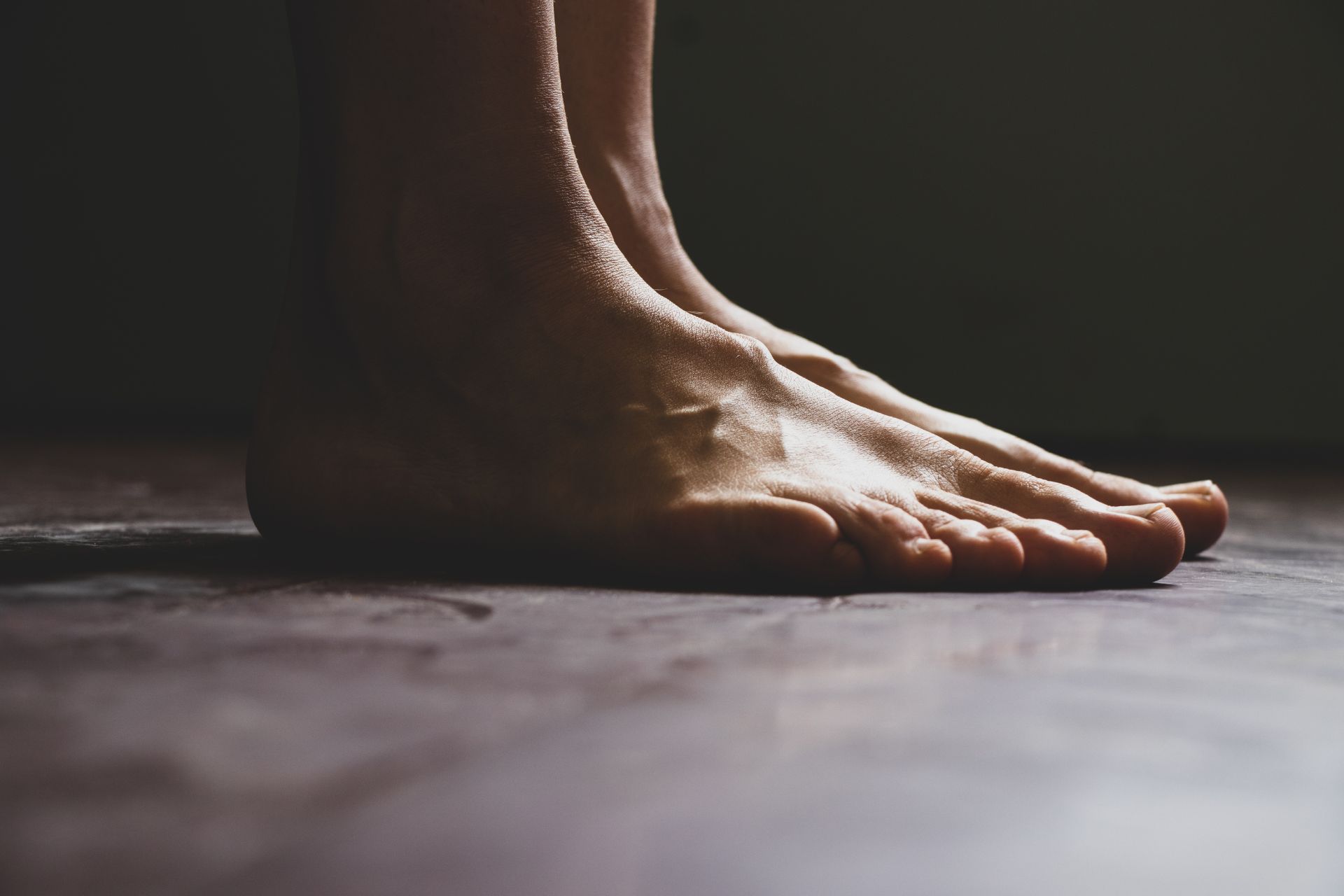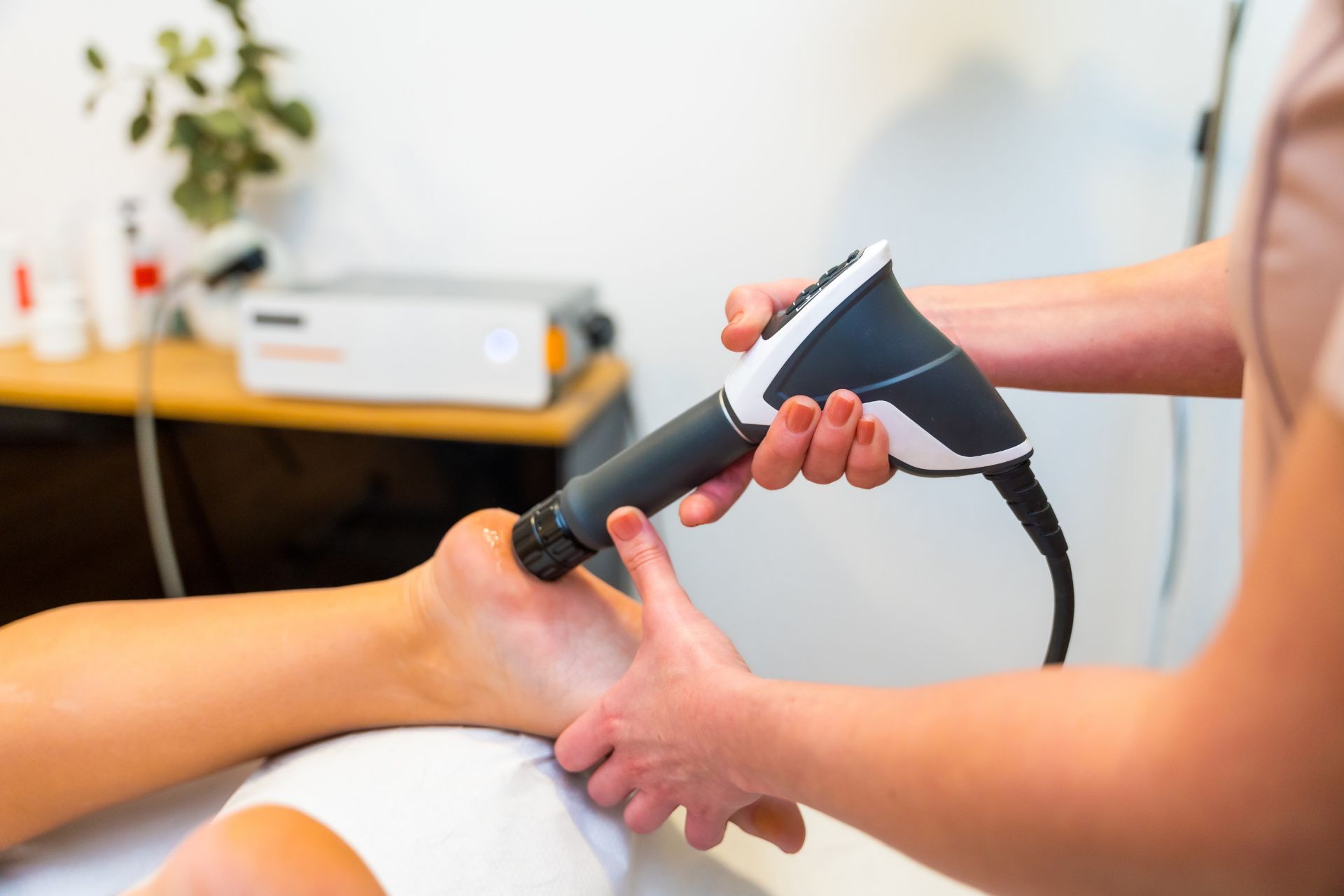Choosing the Right Footwear for Harsh Winter Conditions
When facing deep snow, selecting the proper footwear is the first line of defence against cold-related issues. Insulated and waterproof boots provide the best winter foot protection, keeping warmth in and moisture out. Look for boots with thick rubber soles to prevent slipping on icy surfaces. A proper fit is crucial, as overly tight boots can restrict circulation, leading to cold feet and potential frostbite.
Layering Socks for Maximum Warmth and Comfort
Wearing multiple layers of socks can provide extra warmth, but the right combination is essential. Start with a moisture-wicking base layer, such as merino wool or synthetic fabrics, to keep sweat away from the skin. Follow with an insulating layer made of wool or fleece for added warmth. Avoid cotton socks, as they retain moisture, which can lead to cold and damp feet.
Using Gaiters to Keep Snow Out
Snow can easily enter boots through the top opening, causing discomfort and increasing the risk of frostbite. Gaiters are an excellent solution, as they wrap around the lower legs and boots to create a barrier against snow and moisture. Choose waterproof and breathable gaiters to maintain dry and warm feet in snowy conditions.
Keeping Feet Dry with Waterproof Barriers
Even the best boots may not be completely waterproof. Applying a waterproofing treatment to boots can help repel water and prevent snow from seeping in. In extreme conditions, wearing waterproof socks or inserting plastic bags between sock layers can add an extra layer of protection.
Avoiding Frostbite and Cold-Weather Injuries
Prolonged exposure to freezing temperatures can cause frostbite, which can lead to severe damage. Signs of frostbite include numbness, discoloration, and a hard, waxy feel to the skin. If any of these symptoms appear, move to a warm location immediately and avoid rubbing the affected area, as this can worsen the damage. Keeping feet warm and dry at all times is the best prevention method.
Choosing the Right Insoles for Added Protection
Thermal insoles can provide extra warmth and insulation, reducing heat loss from the feet. Insoles made of wool, fleece, or thermal foam work best for winter conditions. Avoid using insoles that are too thick and constrict circulation, as this can cause discomfort and cold feet.
Keeping Feet Moving to Maintain Circulation
When walking or standing in deep snow for extended periods, circulation can slow down, leading to cold and numb feet. Keeping feet moving by wiggling toes, flexing ankles, or taking short breaks to walk around helps maintain proper blood flow.
Properly Drying Footwear After Use
Wet boots and socks can lead to cold feet the next time they are worn. Drying footwear properly after each use prevents moisture buildup and keeps them ready for the next outdoor excursion. Use a boot dryer, stuff boots with newspaper, or place them near a heat source to speed up the drying process.
Preventing Moisture Build-Up Inside Boots
Sweat and trapped moisture inside boots can contribute to cold feet. Using foot powders or moisture-wicking insoles can help absorb excess moisture. Removing boots and socks periodically to air out feet can also reduce dampness.
Recognizing the Signs of Cold-Weather Foot Conditions
Cold exposure can lead to several foot-related conditions, including chilblains, frostbite, and trench foot. Chilblains cause redness and irritation due to repeated cold exposure, while trench foot results from prolonged dampness. If feet become swollen, discoloured, or painful, it is essential to seek medical attention promptly.
Warming Feet After Exposure to Deep Snow
After spending time in the snow, slowly warming feet is crucial to prevent shock and circulation issues. Soaking feet in warm (not hot) water, massaging them gently, and wearing dry, insulated socks indoors can help restore warmth. Avoid direct heat sources like radiators, as sudden temperature changes can cause skin damage.
Taking Care of Feet During the Winter Season
Keeping feet healthy during winter goes beyond just wearing the right footwear. Regular foot care, including moisturizing to prevent dry skin, trimming nails properly, and inspecting for signs of cold-related damage, ensures overall foot health. Consulting a foot specialist for any persistent issues can prevent long-term damage. Winter foot protection is essential for maintaining overall well-being during harsh weather conditions.
For expert foot care and winter protection tips, contact Steady Foot Clinic in North York today!






